Canon EOS R7
EOS R technology meets APS-C design to create a small, fast and powerful next-generation mirrorless hybrid camera that continues the legacy of the EOS 7D series.
The EOS R7 delivers up to 15 frames per second with mechanical shutter and up to 30 frames per second with electronic shutter to reliably capture even the fastest subjects. Dual Pixel CMOS AF II with Deep-learning technology covers 100% of the field of view and offers fast and accurate subject detection for people, animals and vehicles. Internal camera and optical image stabilization together enable compensation of up to 8 exposure levels to reduce camera shake. You can record videos in 4K with up to 60p and up to 120p in Full HD with more than 30 minutes duration and Canon Log 3 for a wide dynamic range and more possibilities in post-production.
EOS R Innovation meets APS-C design
The EO R7 is equipped with an APS-C sensor. This offers 1.6 times more telephoto range with your lens than the same focal length on a full-frame camera. You'll feel like you're right next to your subject and can easily capture full-frame animal portraits and impressive action shots.
Next-generation autofocus - with deep-learning AI and scene recognition
The EOS R7 is equipped with deep-learning AI and iTR AF technology, which can also be found in the EOS R3, EOS R5 and EOS R6 cameras. This enables it to recognize people, animals and vehicles and capture them in razor-sharp focus, no matter how they move in the frame.
Autofocus that exceeds all expectations
In wildlife photography, the camera's ability to recognize birds in flight and keep them in focus as they fly over the landscape will delight. In sports photography, the camera scores with its ability to track people moving quickly and unpredictably - even if they are wearing a helmet, looking in a different direction or turning upside down.
The EOS R7's Dual Pixel CMOS AF II focusing system covers almost 100% of the field of view and ensures fast, precise autofocus even in low-light environments down to -5 EV or at aperture values up to F22.
Image stabilization on a new level - 7-stage protection against camera shake
Imagine being able to take photos with a long exposure time from the hand and capture moving subjects with motion blur without using a tripod. Or recording steady videos while walking with the camera. The EOS R7's in-camera image stabilizer (IBIS) opens up new creative possibilities and might make you rethink the way you use your camera system.
Smooth shots - even when things get wild
The camera's IBIS works in conjunction with the optical IS that many of our RF lenses are equipped with. Thanks to the enormous communication speed of the RF bayonet and its large diameter, up to 7 exposure stops can be compensated with the RF-S 18-150mm F3.5-6.3 IS STM (optional) and up to 8 exposure stops with other RF lenses. Stabilization takes place over 5 axes, which enables blur-free hand-held shooting even with long exposure times.
And if you use a lens without optical IS (e.g. a fast fixed focal length), the IBIS of the EOS R7 still offers highly effective protection against camera shake thanks to the wide bayonet of the EOS R system.
Smooth videos
When shooting video, IBIS and optical IS are complemented by a third technology: Movie Digital IS. Together, these systems compensate for camera shake to such an extent that you could be forgiven for thinking the footage was shot with a gimbal
. Smooth movement, perfectly captured on video
When recording video, frame rates of up to 60p in 4K and up to 120p in Full HD material are possible. Capture moving objects with incredible precision and create smooth slow-motion effects in post-production
. A new chapter in image quality. Photos and videos that exceed expectations
Whether you're shooting photos or videos, the EOS R7's 32.5 megapixel CMOS sensor and DIGIC X image processor deliver impressive results. The technical advantages of the EOS R system combined with our expertise in optics and sensor design ensure image quality that outshines anything you've seen before.
Sigma 16-300mm f3.5-6.7 DC OS © Canon RF Mount
The world's first 18.8x
Zoom
with a 16mm wide-angle setting
The Sigma 16-300mm F3.5-6.7 DC OS Contemporary is the world's first mirrorless lens with an 18.8x Zoom ratio. This portable lens is equivalent to 24-450mm* in 35mm format and covers everything from wide angle for landscapes and interiors to super telephoto for sports, wildlife and aviation
*Approximately 25.6-480mm for the Canon RF mount version.
Maximum magnification ratio of 1:2 at 70 mm for impressive close-ups
With a maximum magnification ratio of 1:2 at 70 mm, the Sigma 16-300 mm F3.5-6.7 DC OS Contemporary offers outstanding performance at close range, perfect for capturing detailed images of flowers, insects and other small subjects. With a maximum magnification of 1:3 at the wide-angle end and 1:4 at the telephoto end, photographers have access to a wide range of creative expression.
Small, light and portable
Despite its impressive Zoom range of 16-300 mm, the Sigma 16-300 mm F3.5-6.7 DC OS Contemporary places great emphasis on portability, measuring just 73.8 mm in diameter, 121.4 mm long and weighing only 615 g*. This is achieved through advanced mechanical and optical design, including a high refractive index glass element with significant differences in thickness and an aspherical lens element
*Details refer to the L-mount version.
Accelerated AF speed and accuracy with HLA autofocus motor
To help photographers capture even the most fleeting moments, the Sigma 16-300 mm F3.5-6.7 DC OS Contemporary has an HLA (High-Response Linear Actuator) motor that enables high-speed autofocus with outstanding drive accuracy.
Outstanding optical stabilization through the OS2 algorithm
The Sigma 16-300mm F3.5-6.7 DC OS Contemporary is based on the same technology as the Sigma super telephoto lenses used by professional nature and sports photographers. It offers 6 stops of optical stabilization at the wide-angle end and 4.5 stops at the telephoto end. The latest OS2 optical stabilization algorithm provides superior image stabilization to mitigate the effects of camera shake. This allows photographers to achieve blur-free results without a tripod, even when shooting in low light and full Zoom
*Measured with an APS-C camera at focal lengths of 16 mm and 300 mm according to CIPA standards.
Equipped with a Zoom lock switch at the wide end
The Sigma 16-300 mm F3.5-6.7 DC OS Contemporary has a Zoom lock switch that can be fixed at the wide end to prevent the lens from extending.
Dust and splash-proof construction* and water-repellent coating
The Sigma 16-300mm F3.5-6.7 DC OS Contemporary is designed for photographers who want to work in all environments. It has a dust and splash-proof construction for use in harsh conditions. In addition, the front element has a water and oil repellent coating that keeps the lens free from contamination
*The construction is dust and splash resistant, but not waterproof. Make sure that the lens does not come into contact with large amounts of water. Water in the lens can cause considerable damage and even make the lens irreparable.
Consistently high image quality over the entire Zoom
range Thanks to its advanced optical design with 1 FLD, 4 SLD and 4 aspherical elements, the lens has excellent aberration correction and delivers sharp results over the entire Zoom and focus range.
Designed to minimize flare and ghosting
By measuring the incidence of light under all conditions and using advanced simulation technology, the Sigma 16-300 mm F3.5-6.7 DC OS Contemporary guarantees outstanding
resistance to
flare and ghosting
.outstanding resistance to flare and ghosting, allowing photographers to capture sharp and clear images even in the most challenging lighting conditions - just as an all-in-one lens should.
Suppressed Focus Breathing for consistent composition
The Sigma 16-300mm F3.5-6.7 DC OS Contemporary is designed to effectively suppress focus breathing, making it the perfect choice for filmmakers as well as photographers working with multi-shot techniques such as focus stacking. Over the entire Zoom range, changes in the angle of view when changing focus are reduced to an absolute minimum.
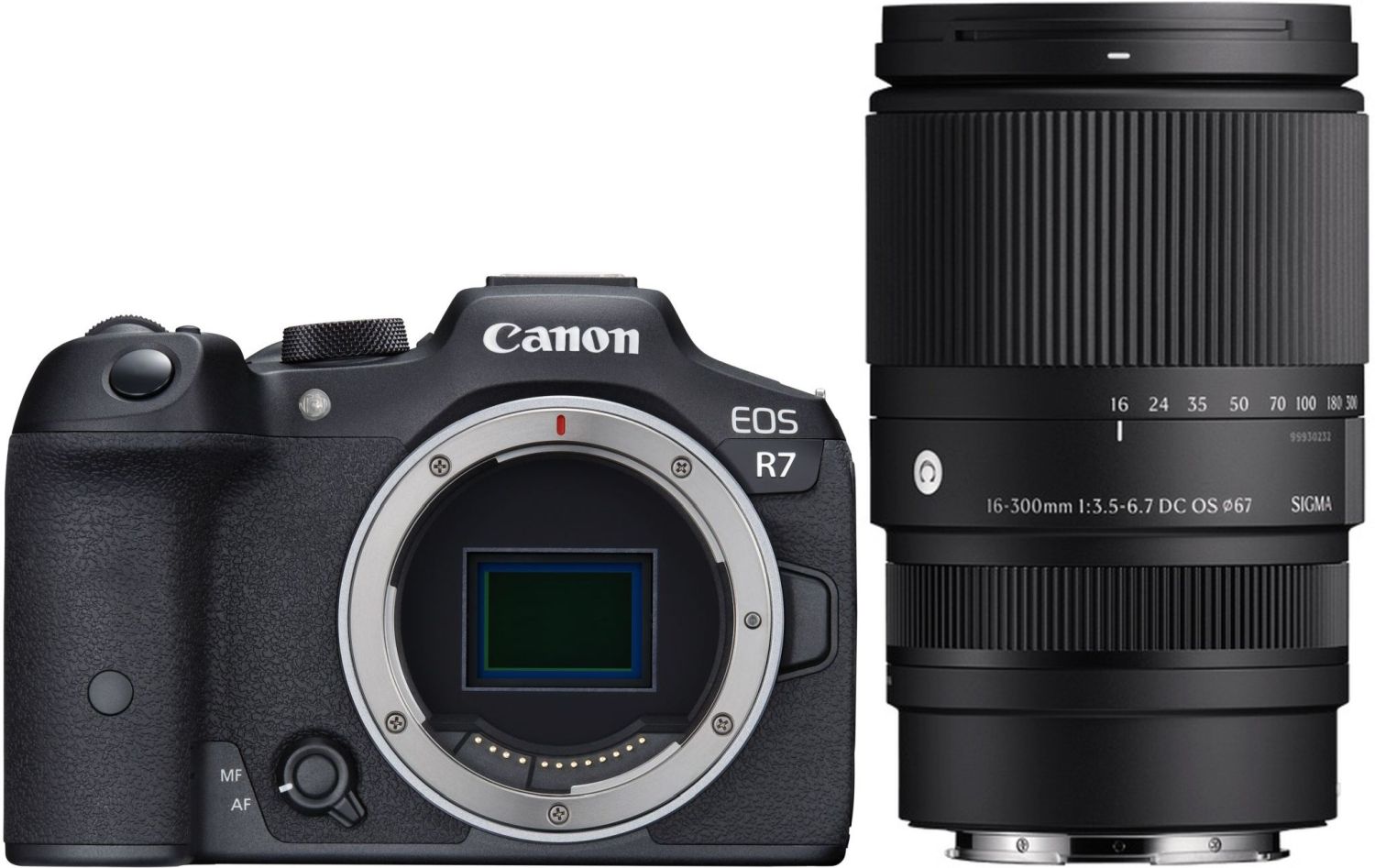

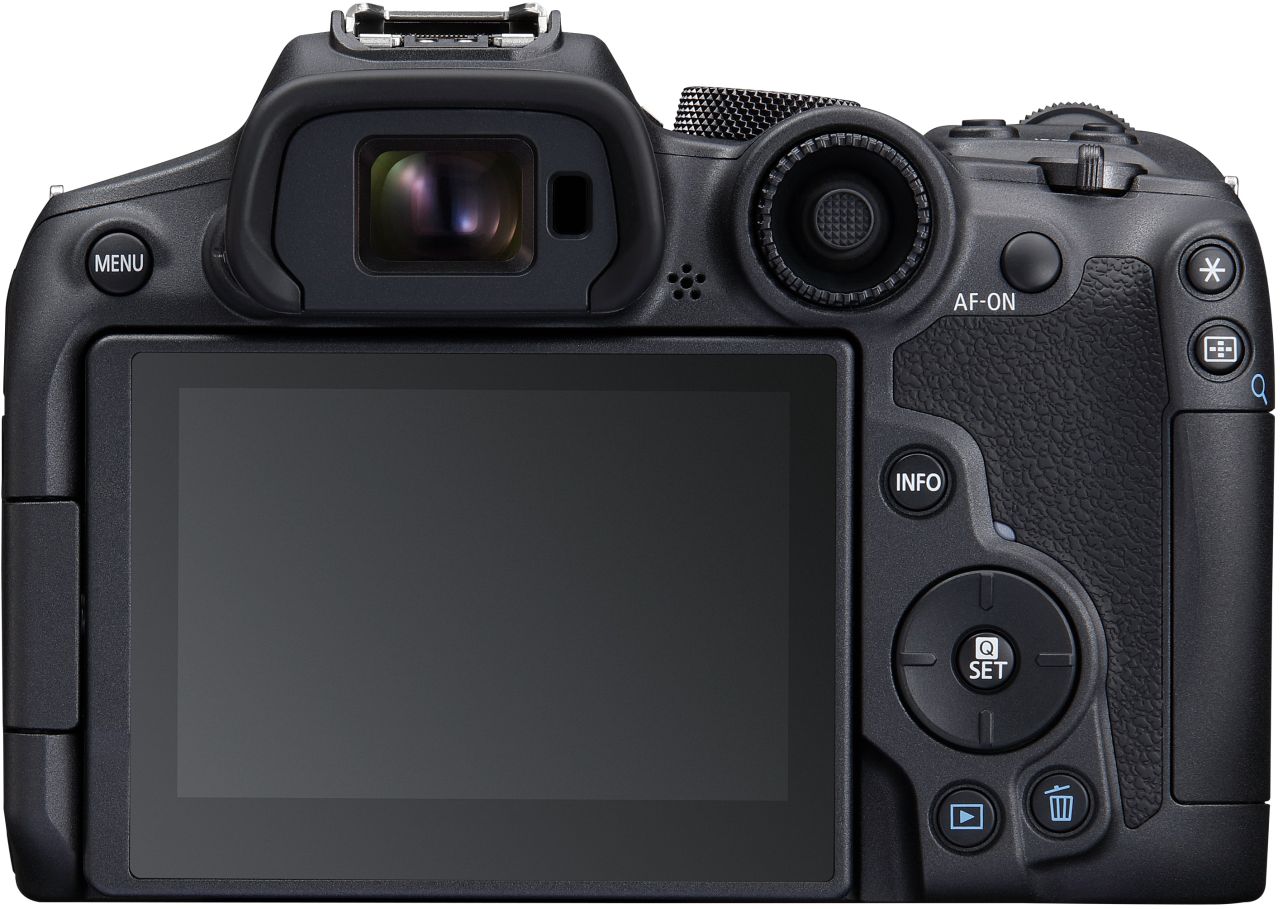

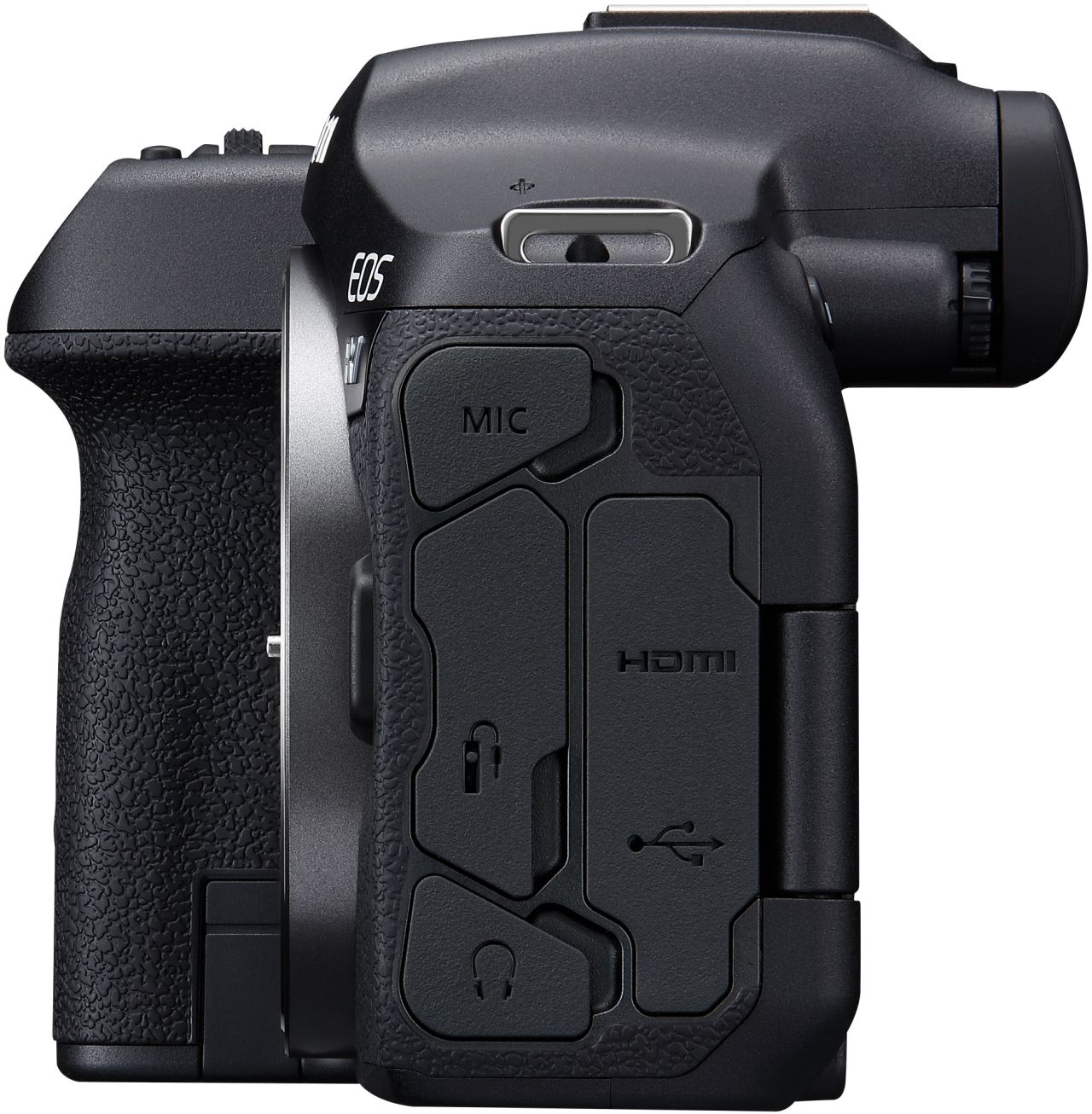
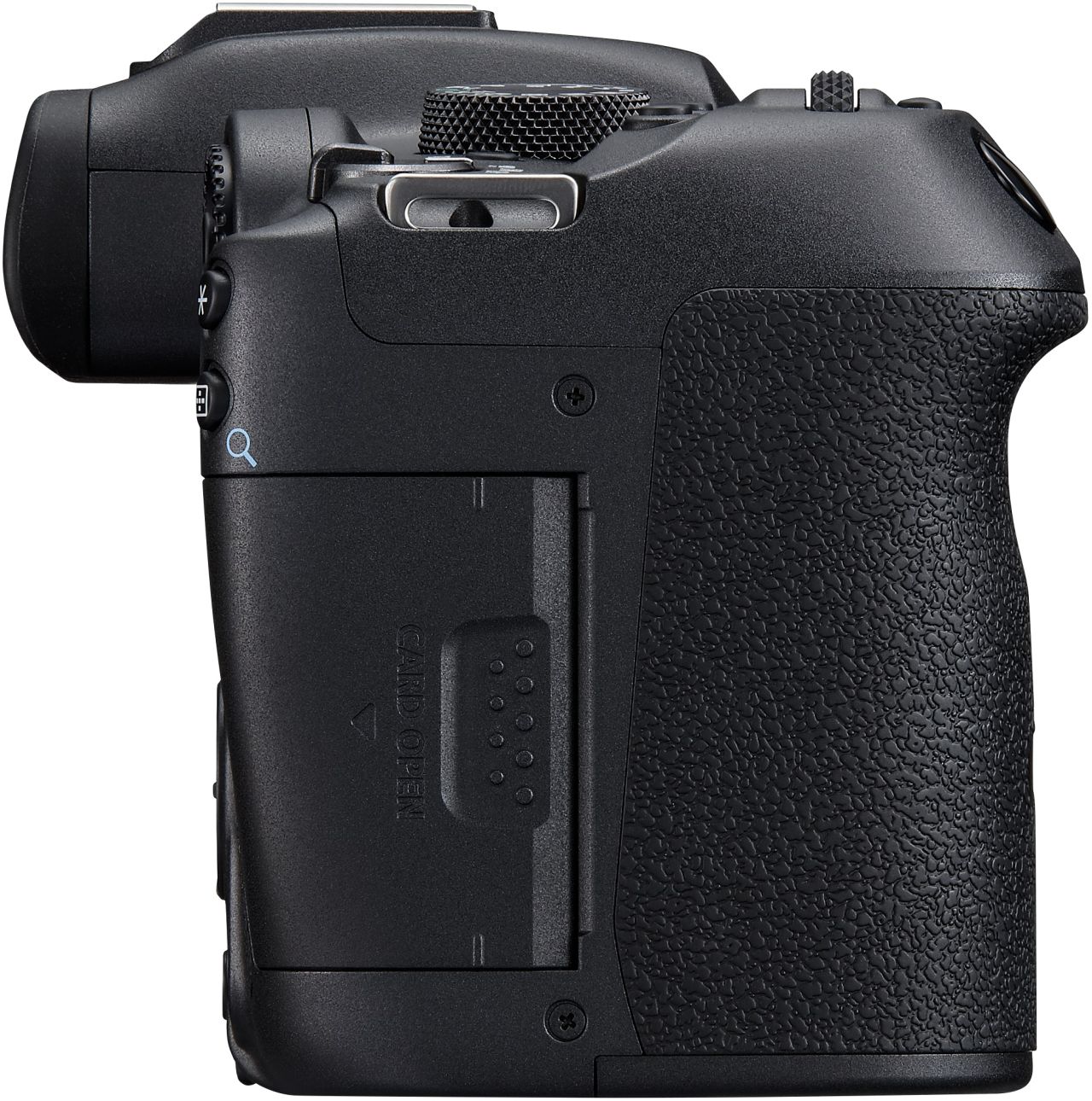
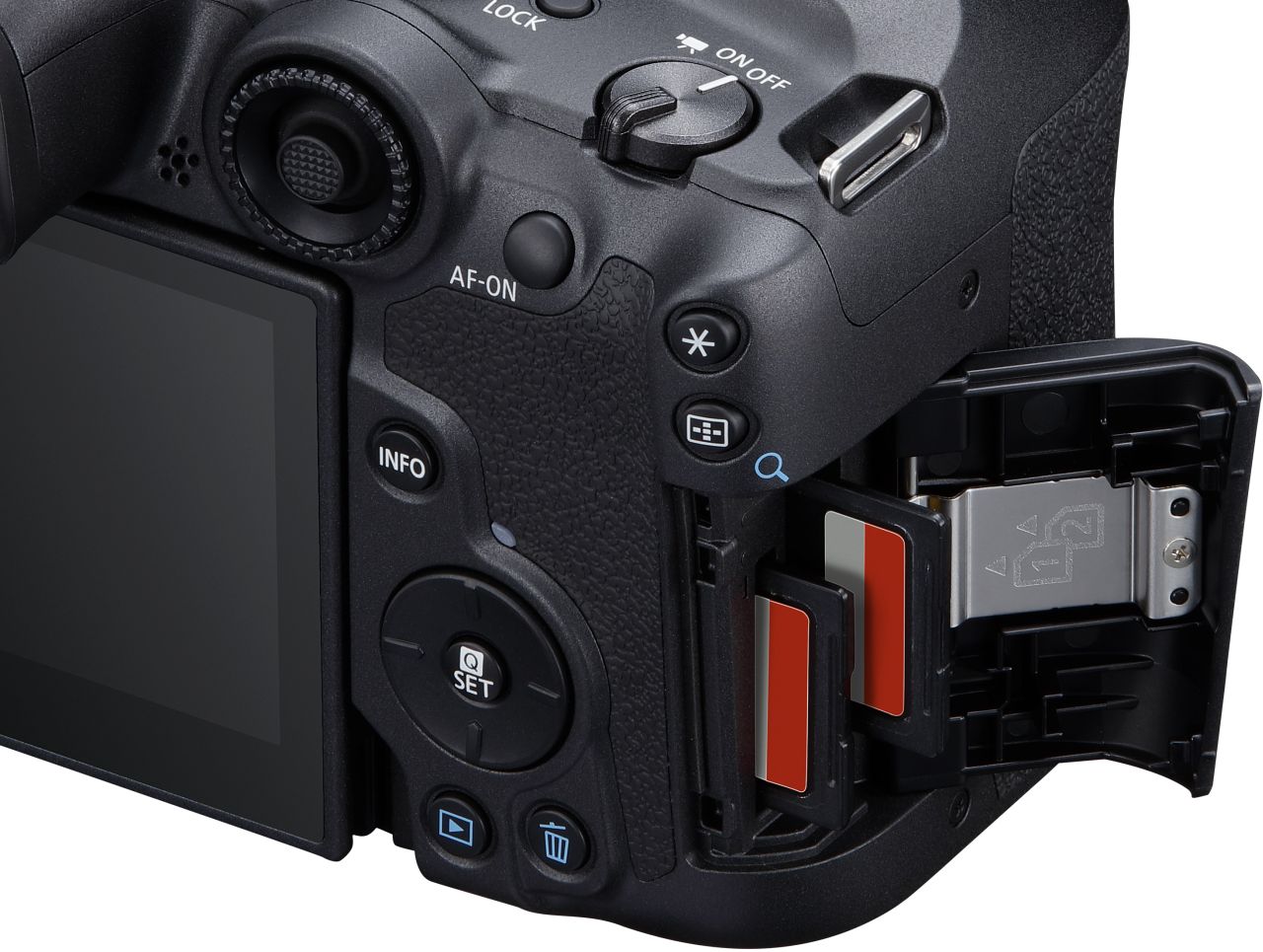

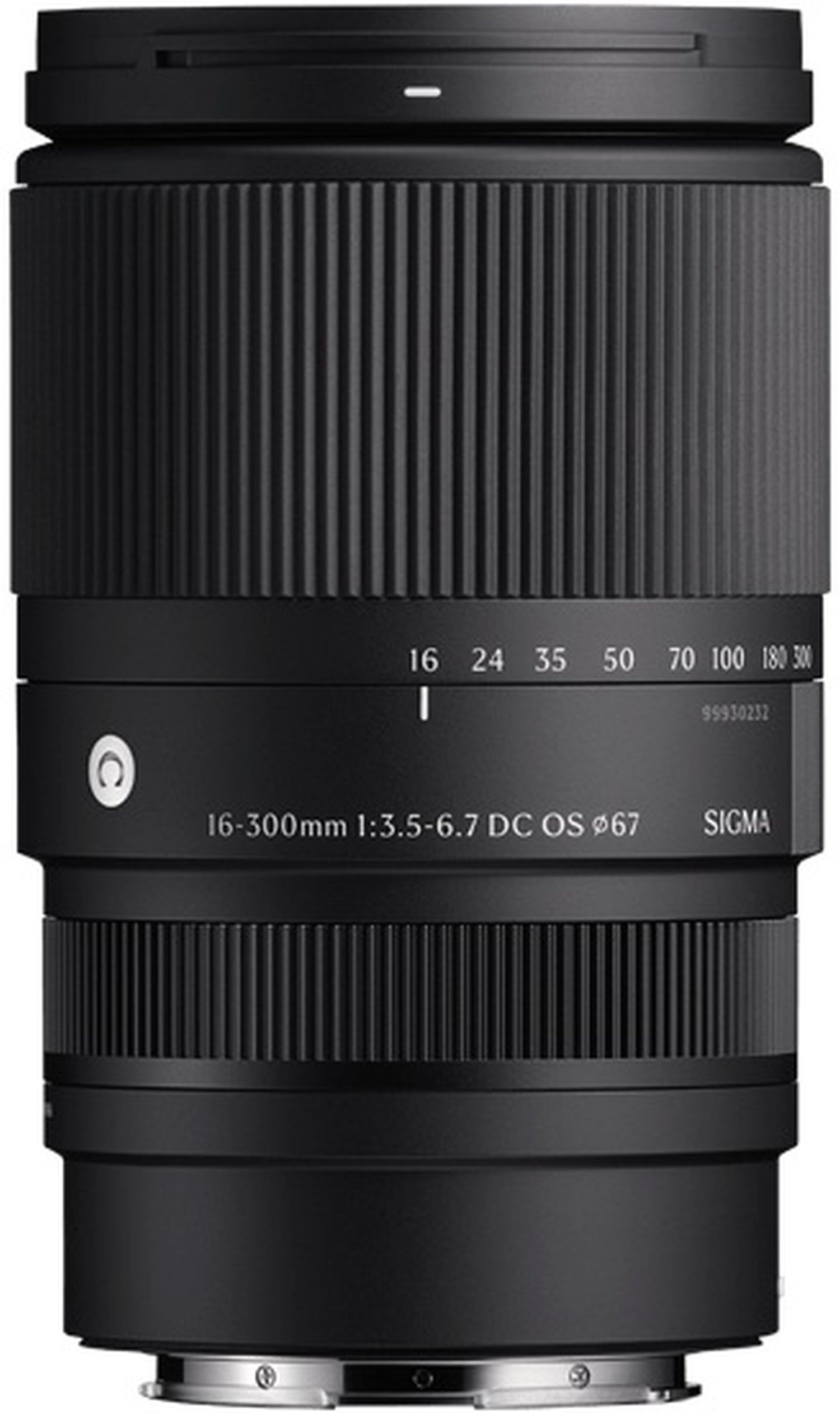
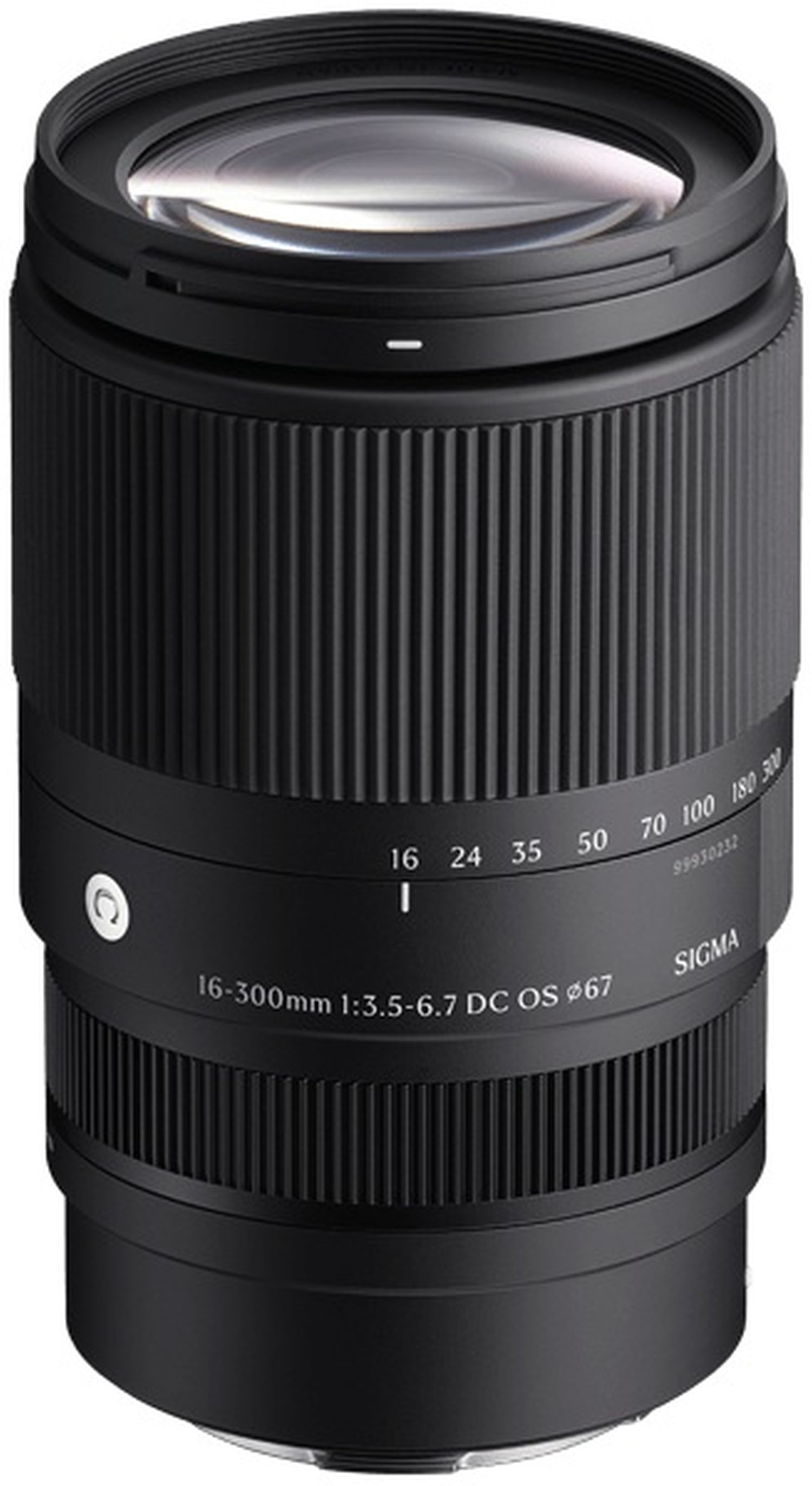
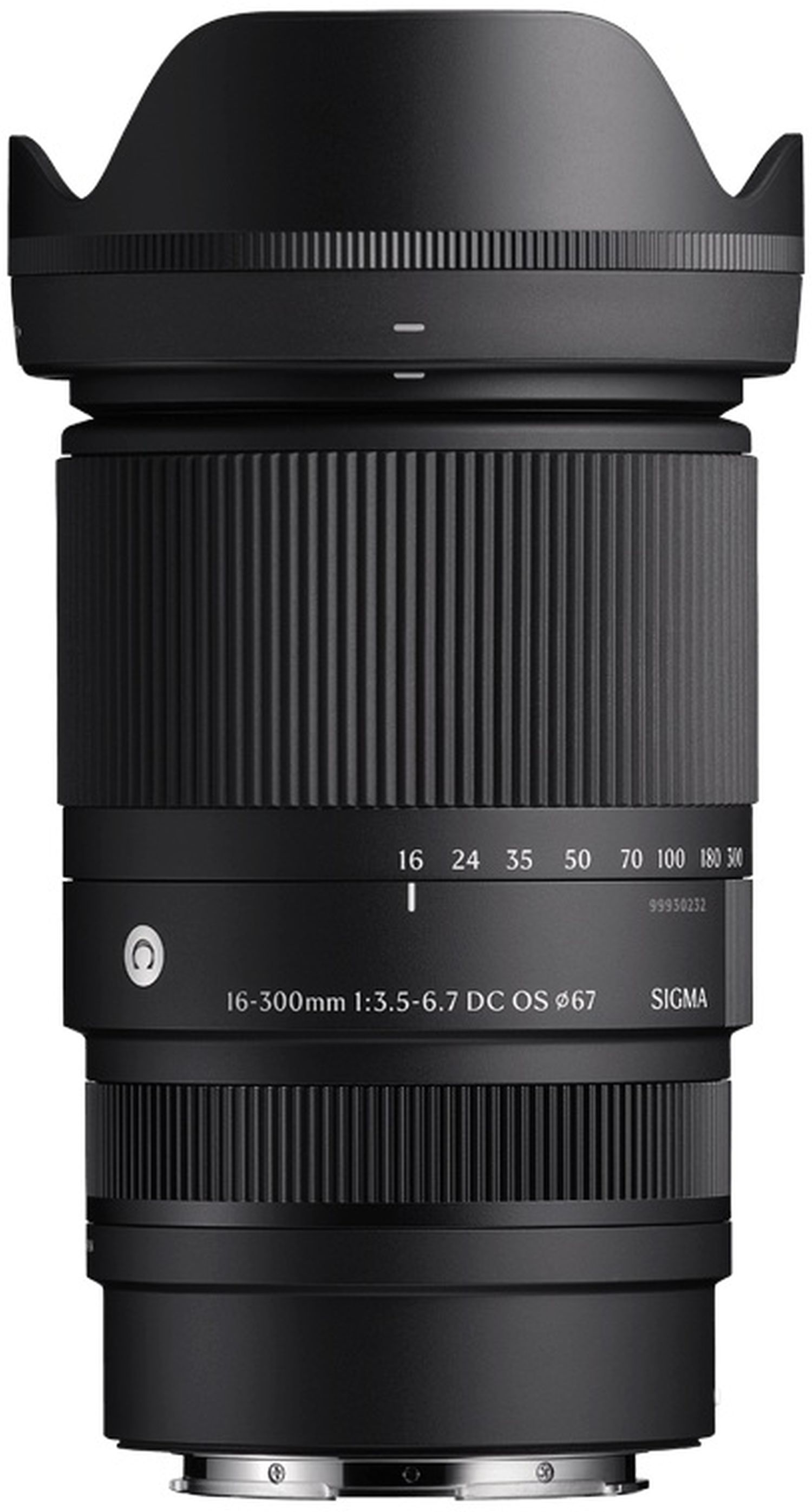
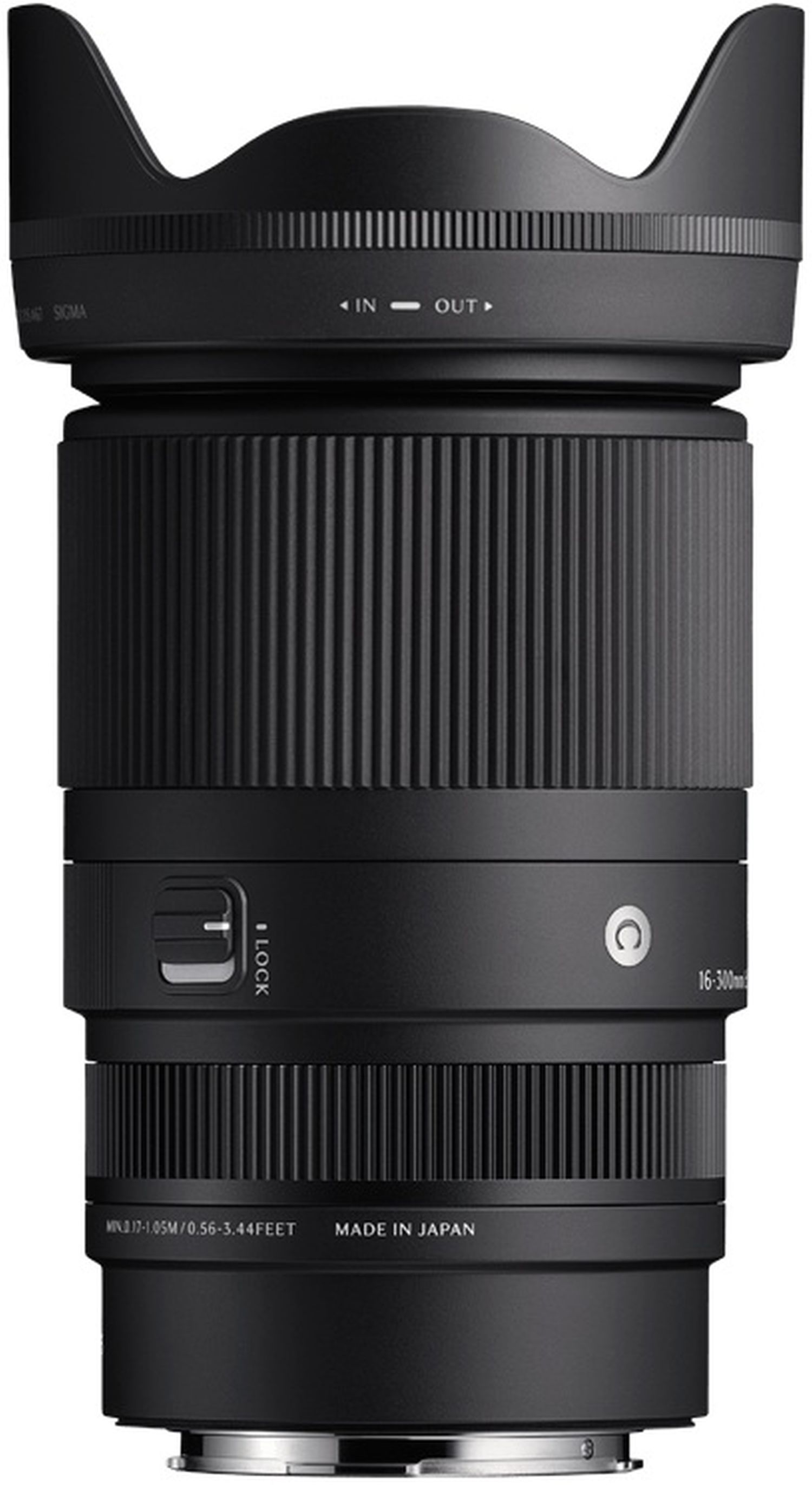

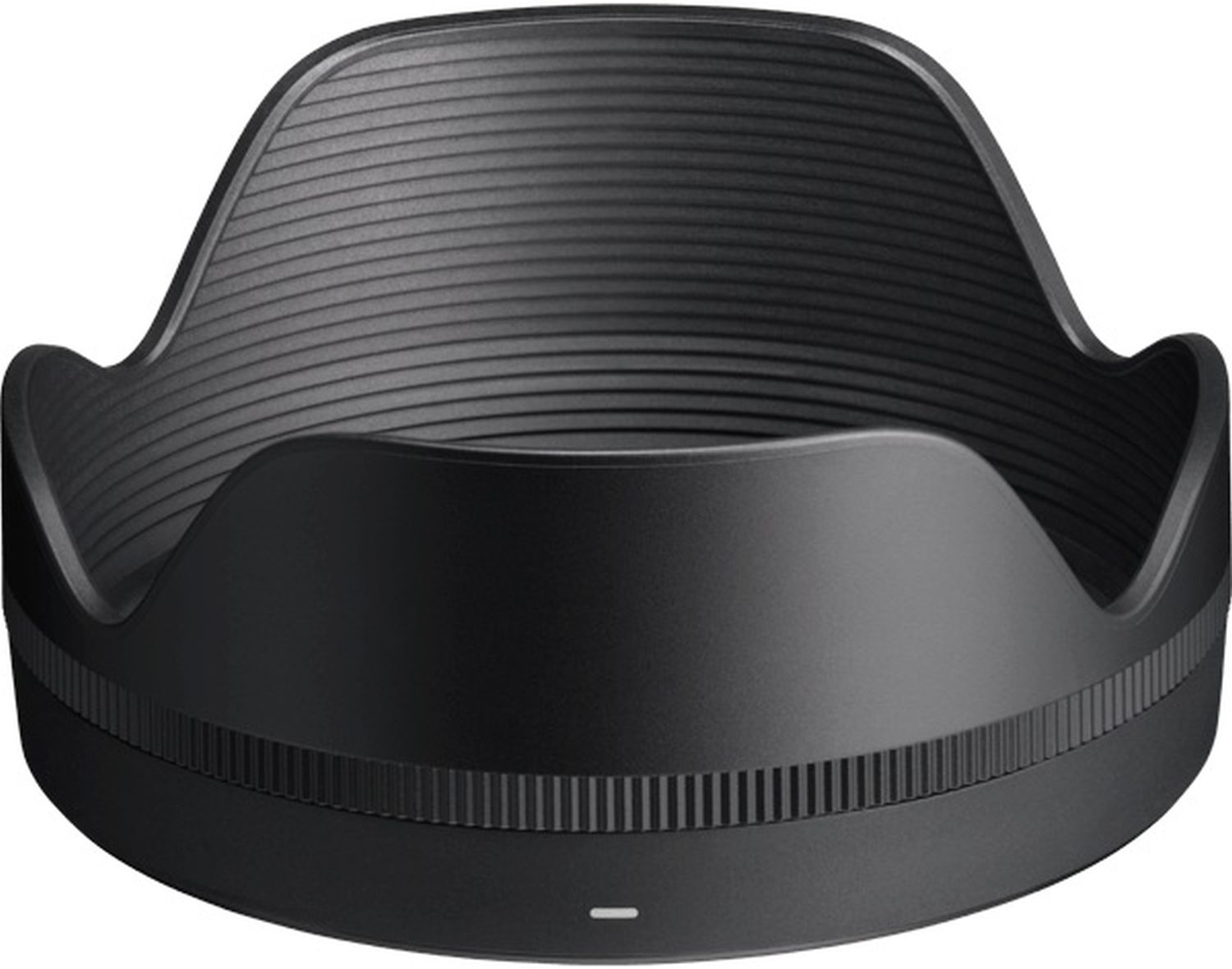
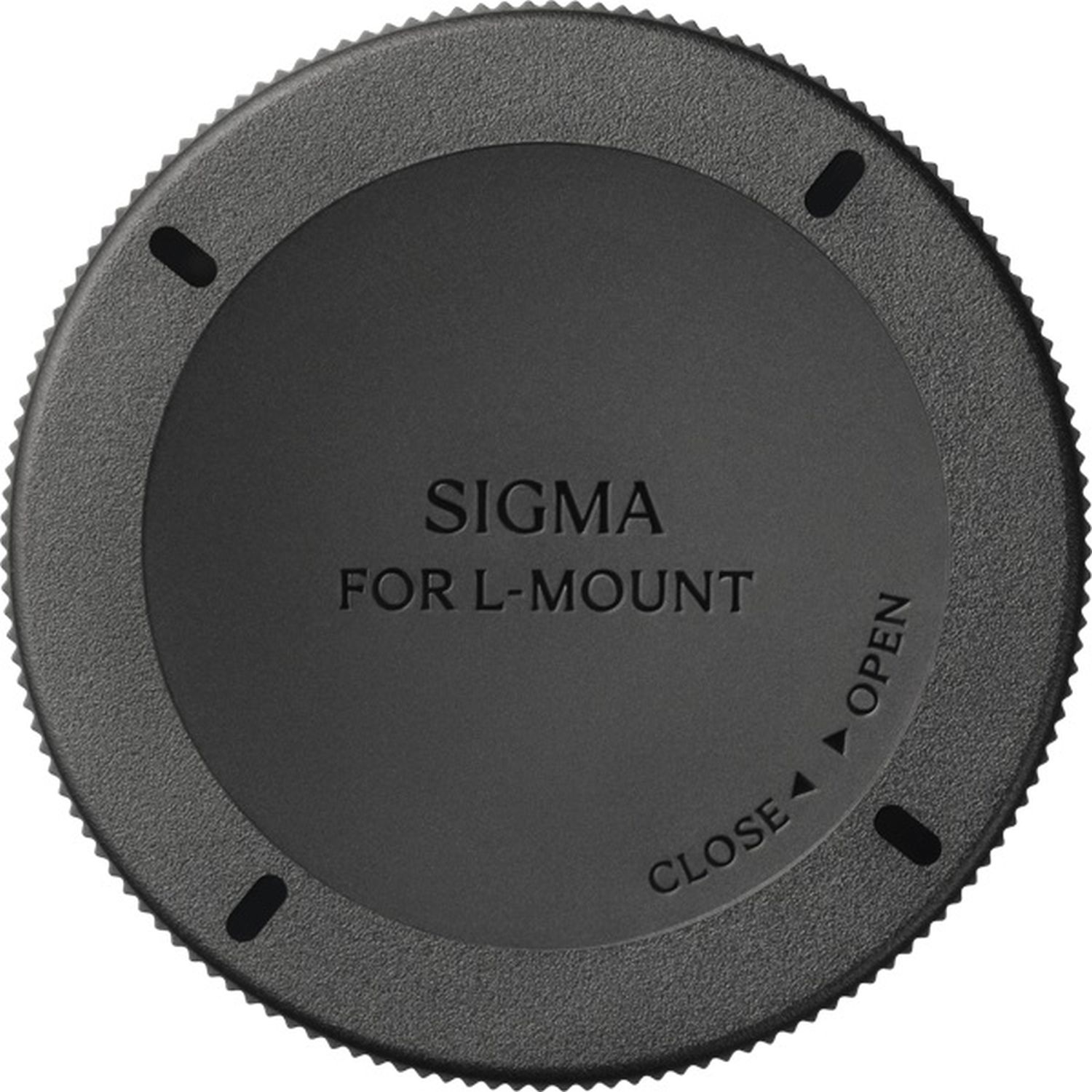
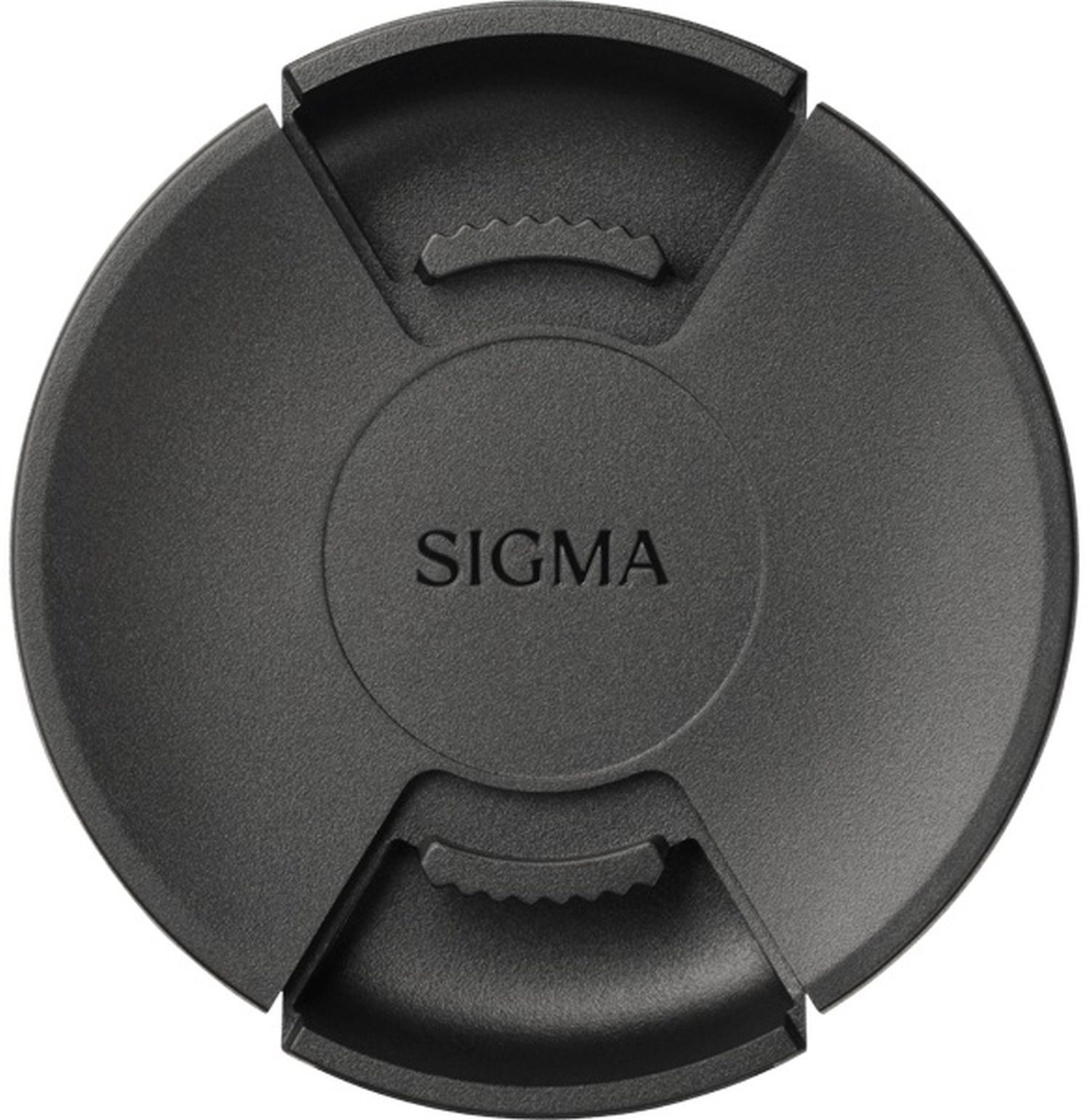

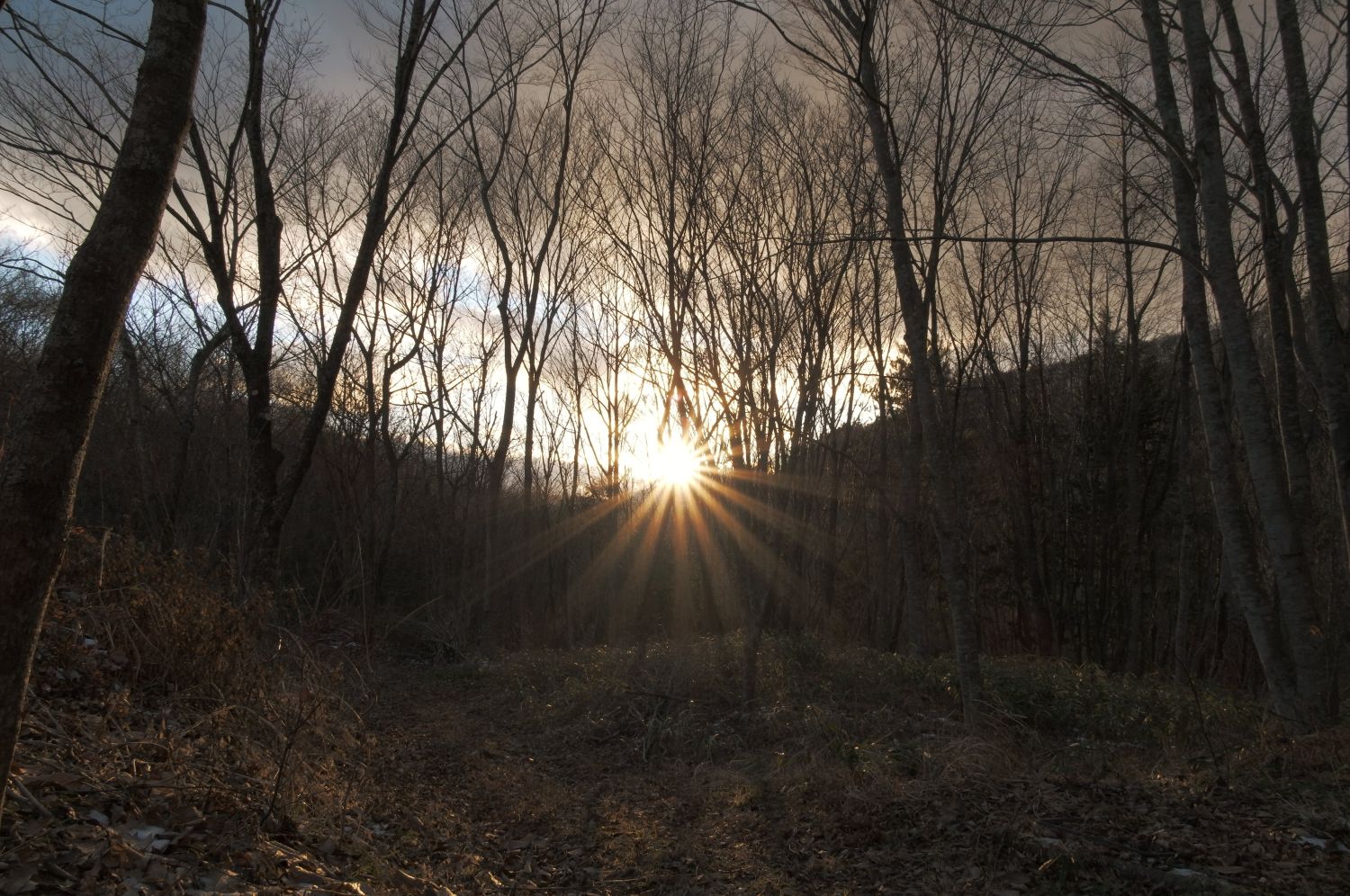





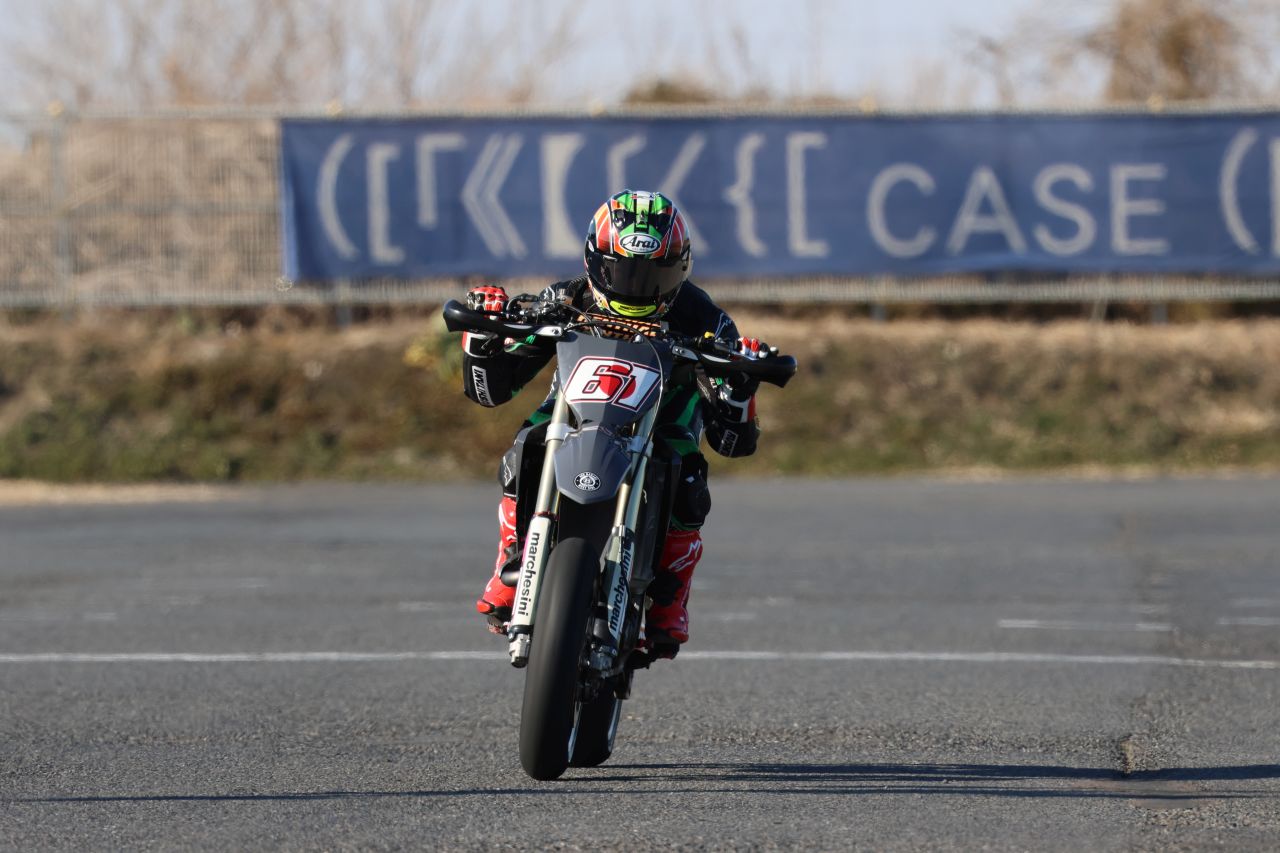
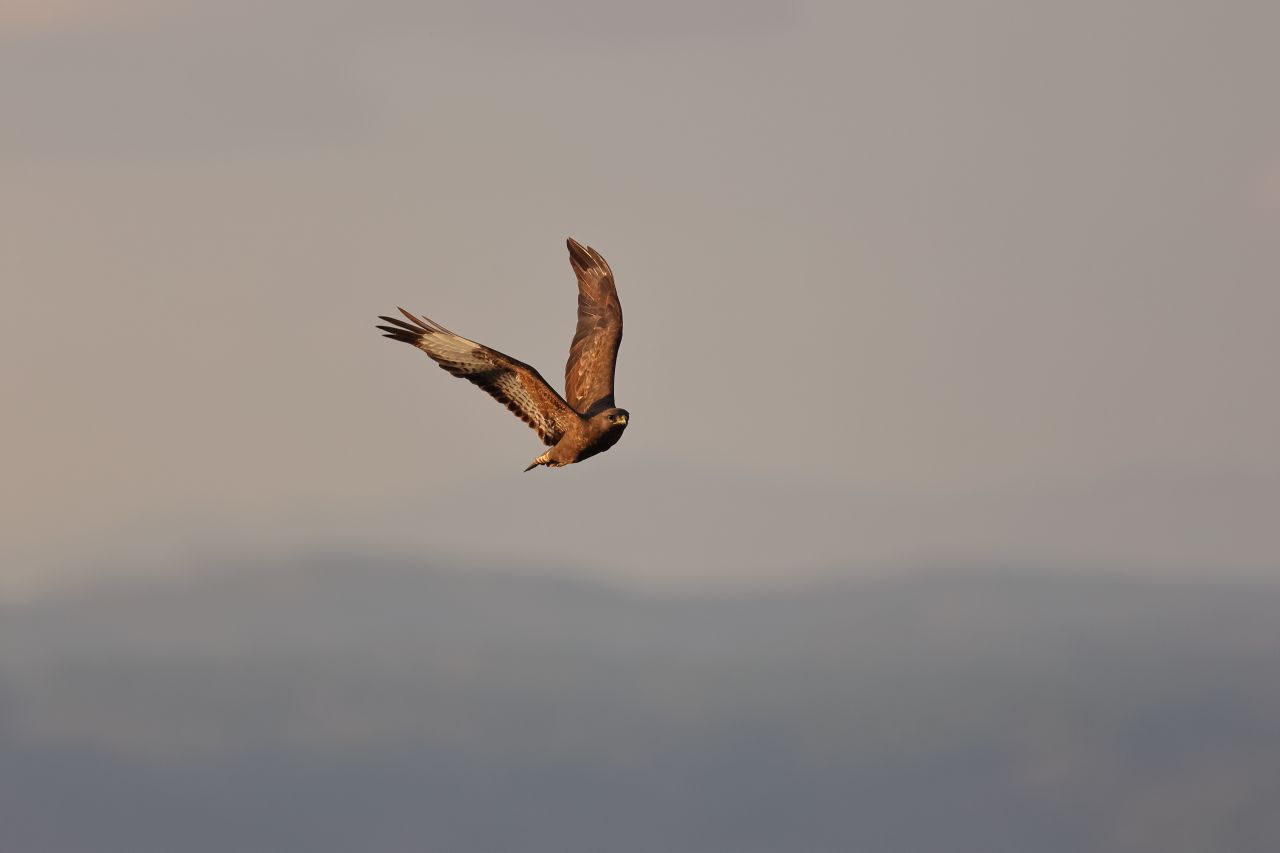
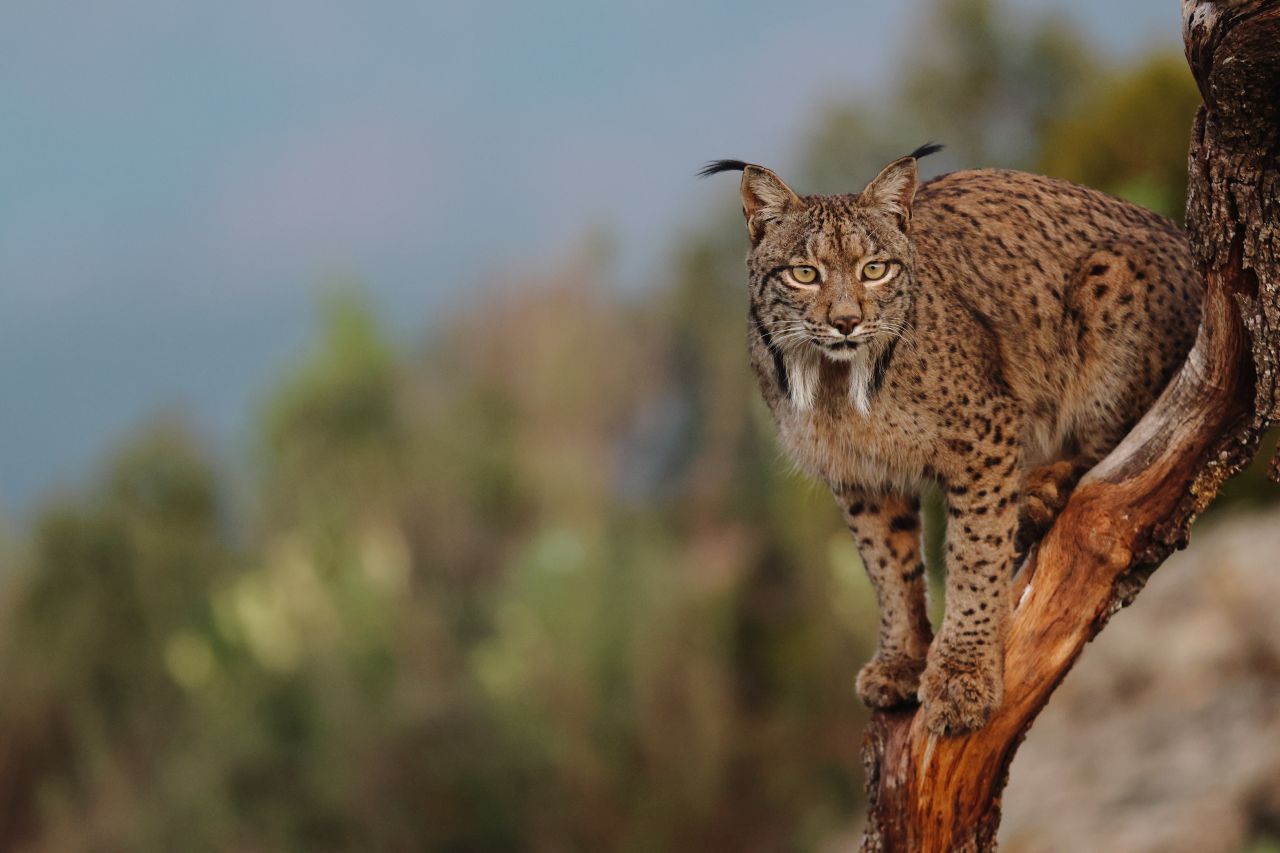
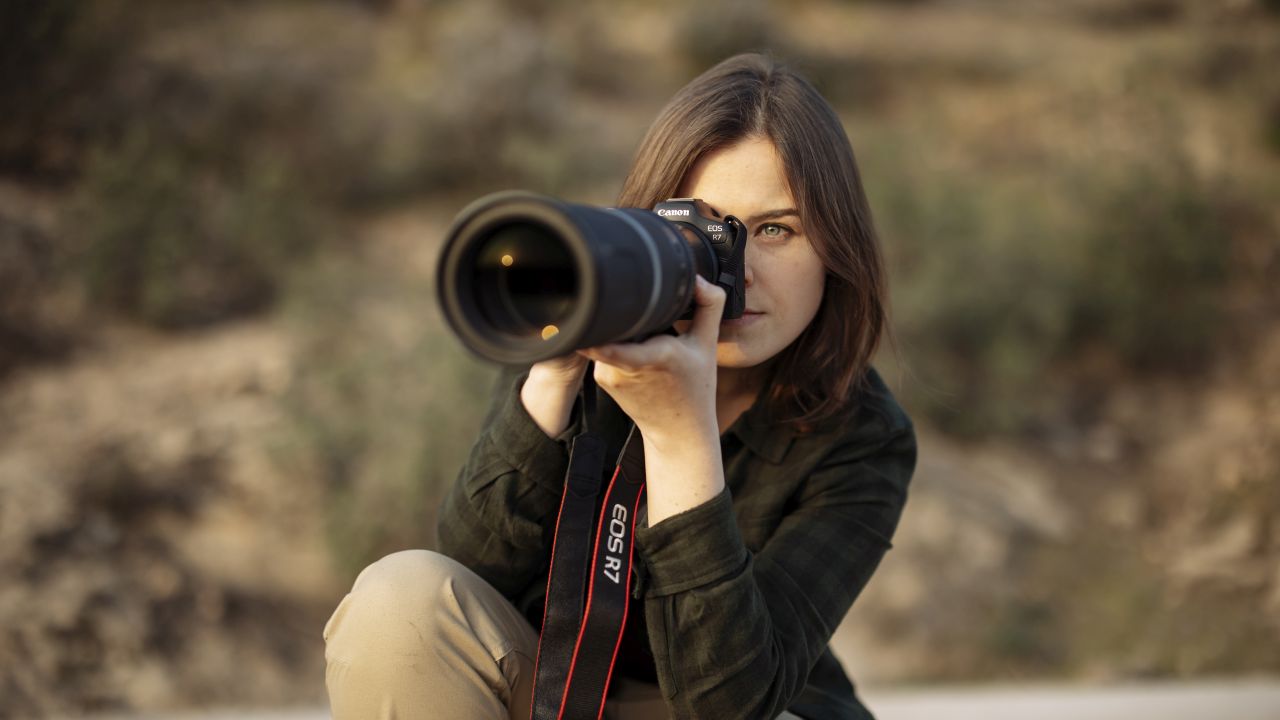


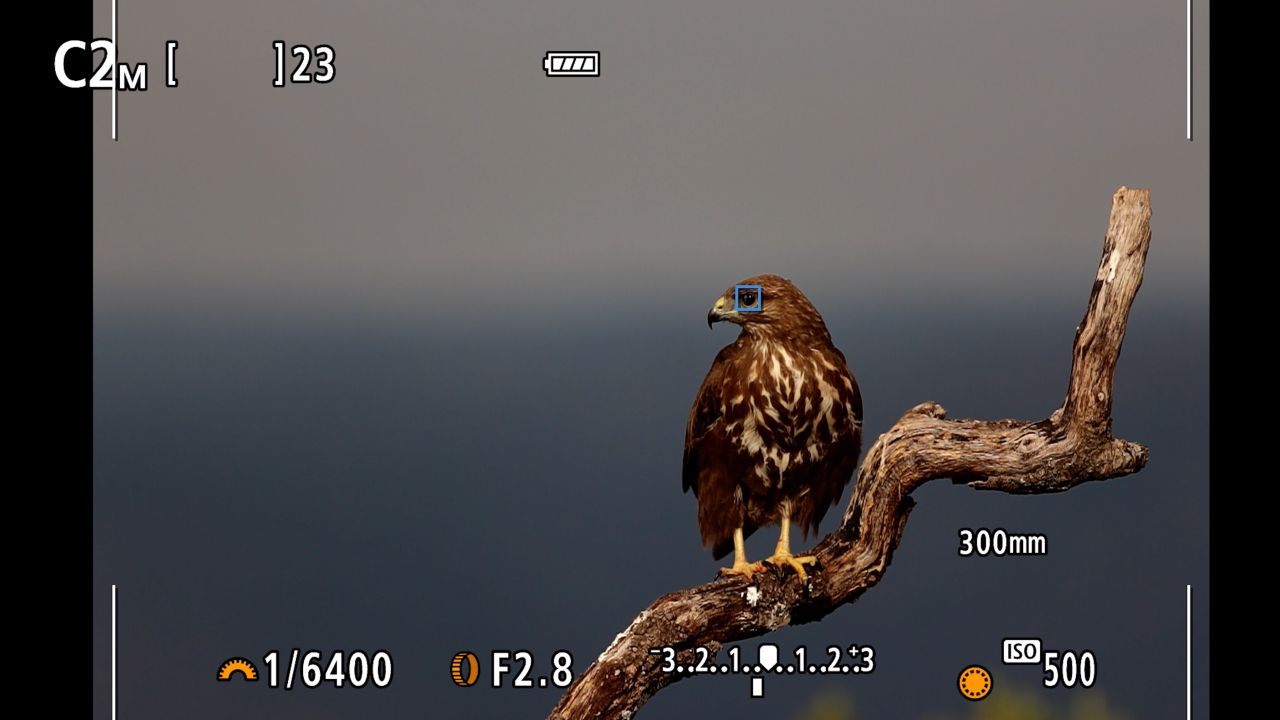
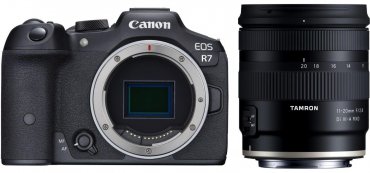
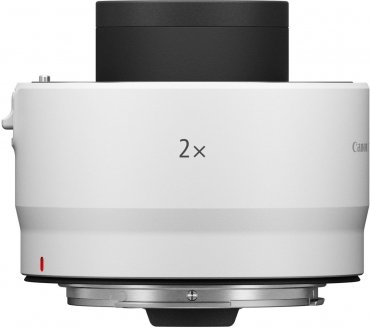
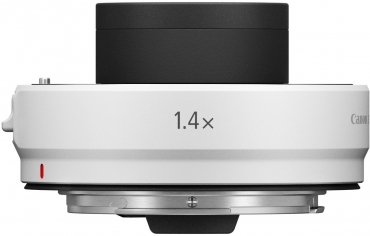
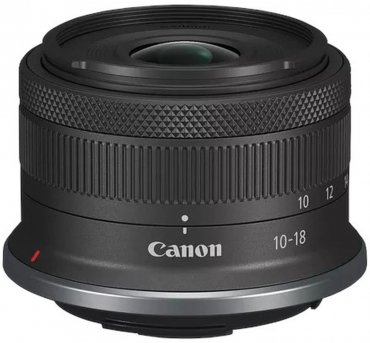


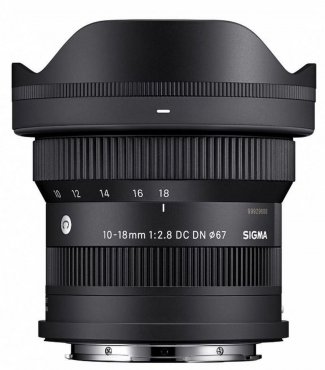
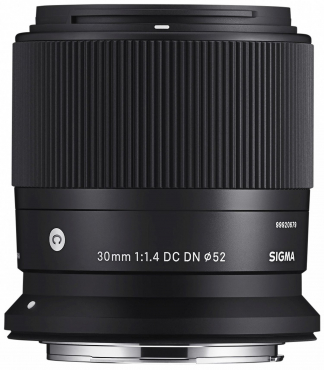
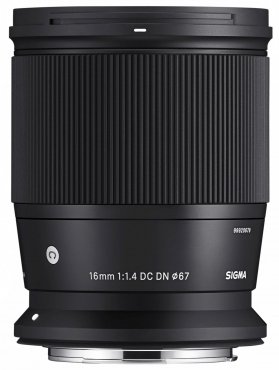
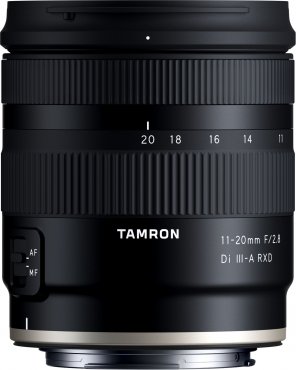
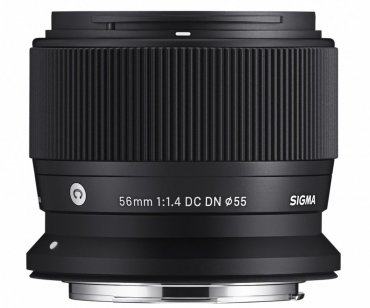
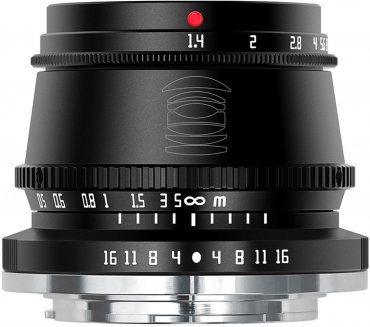
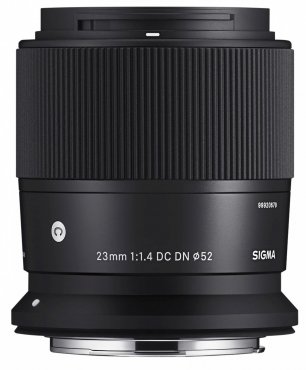
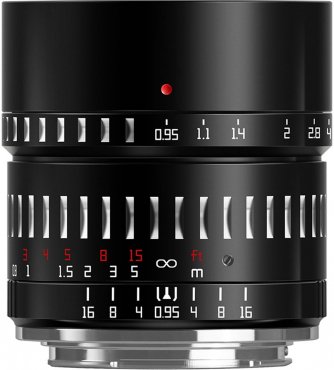
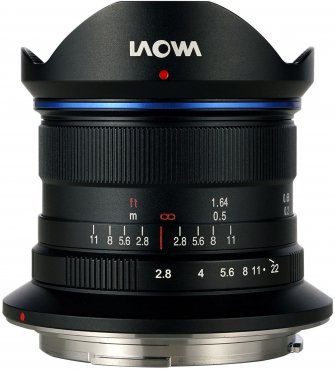
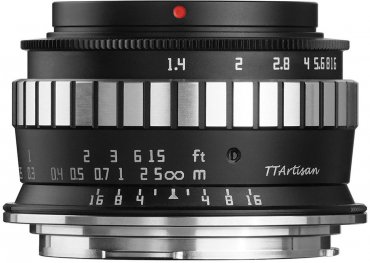
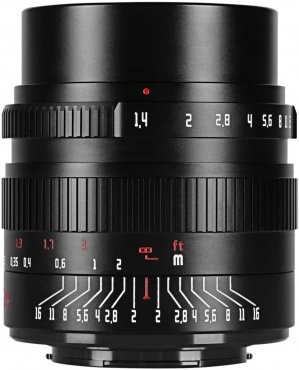
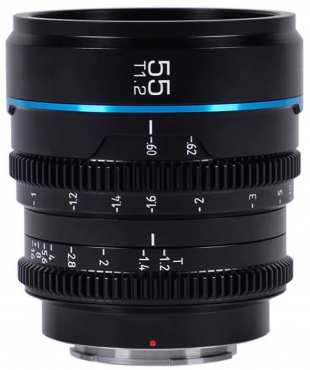
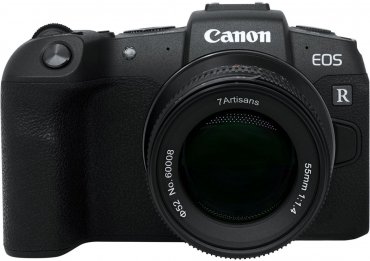
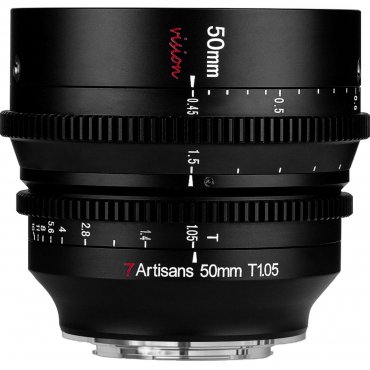
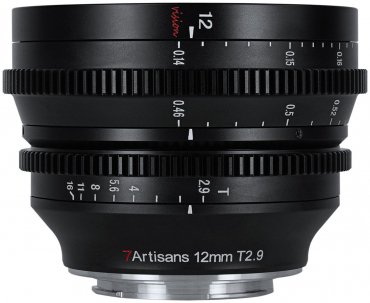
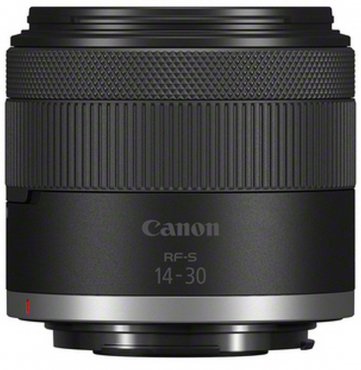
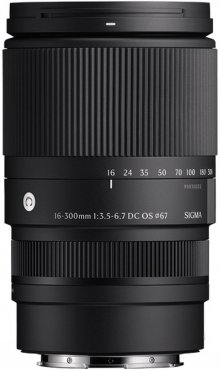
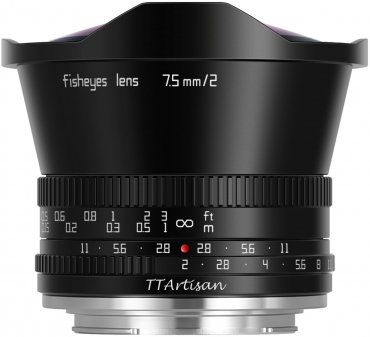
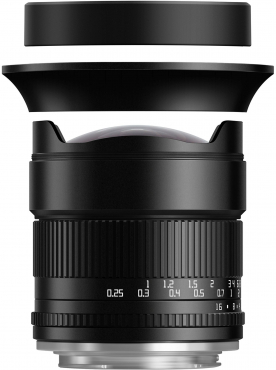

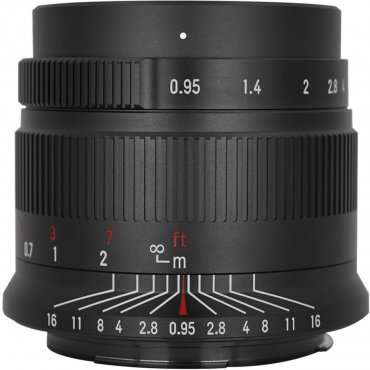
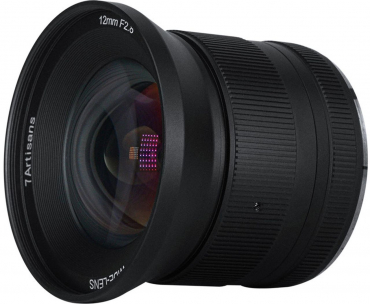
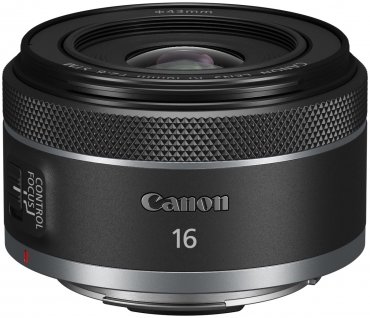
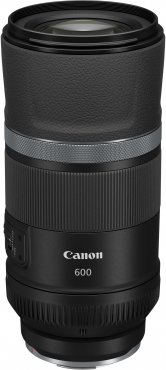



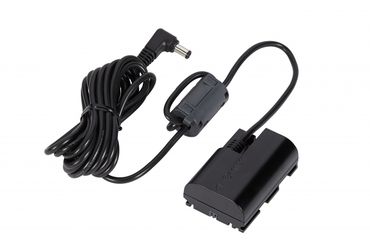

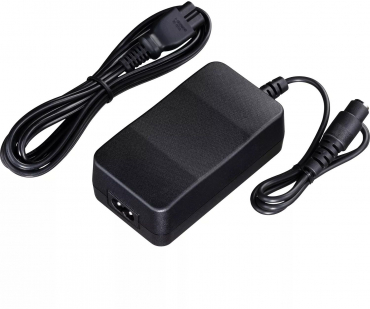


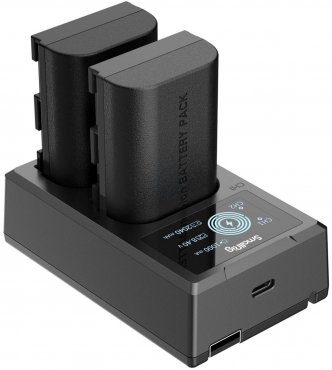

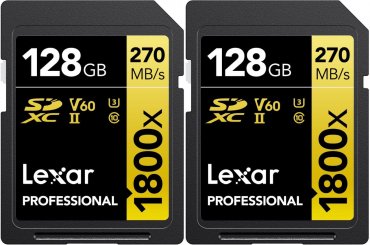
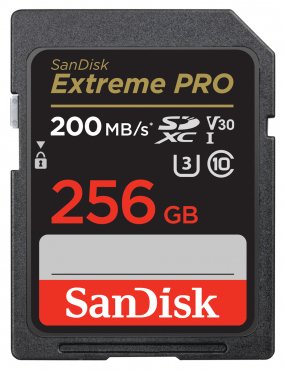



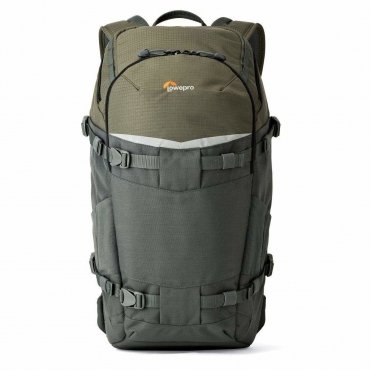

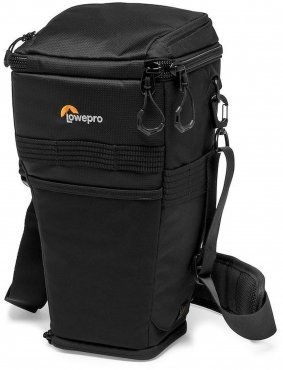
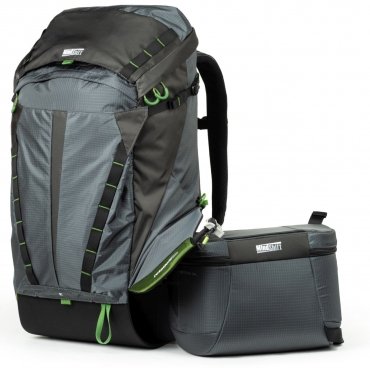


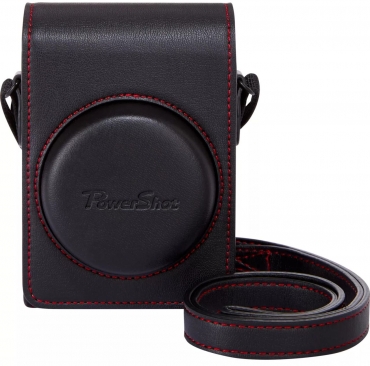
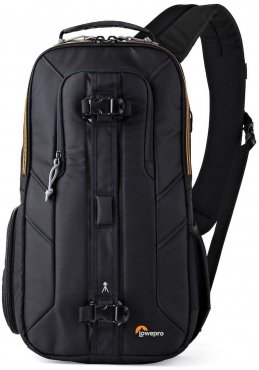

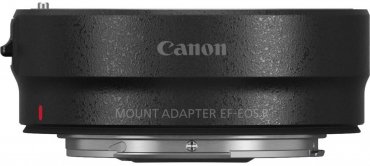
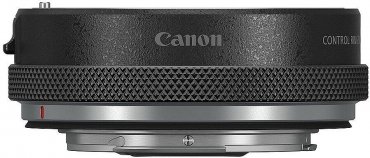
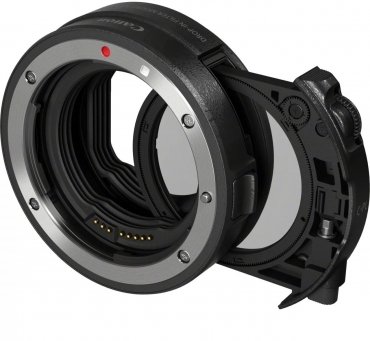
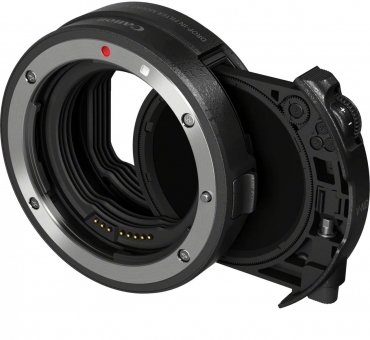

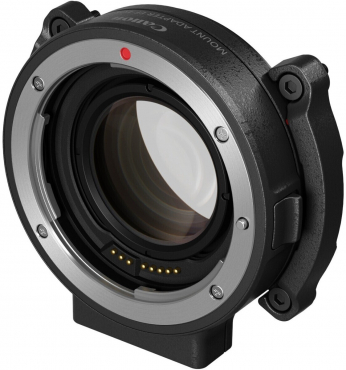
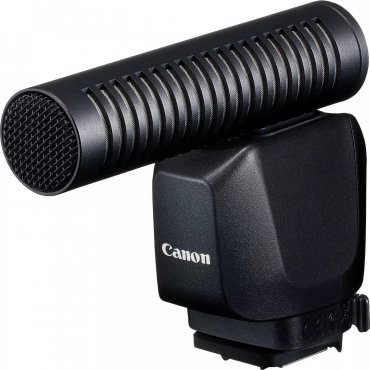
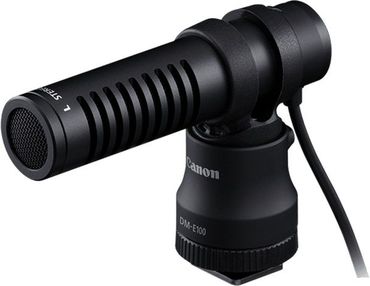
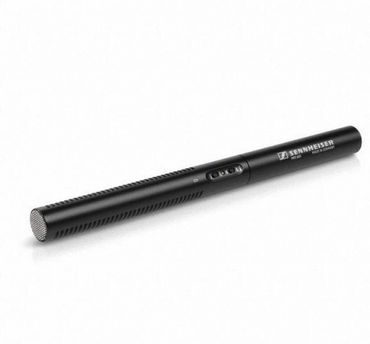
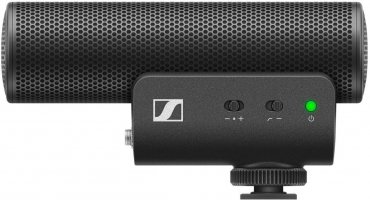
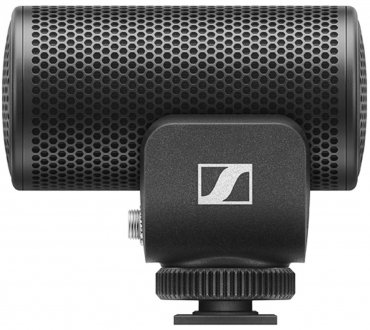
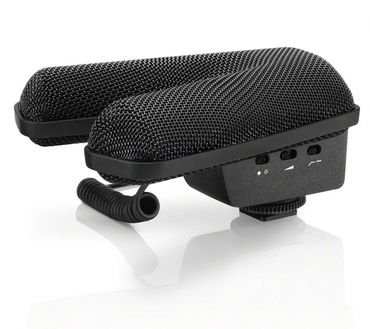

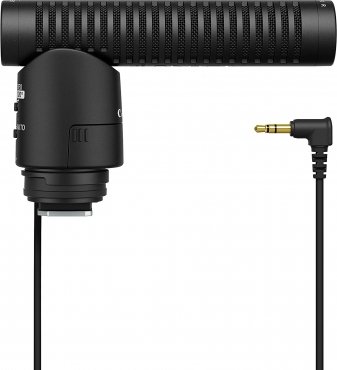
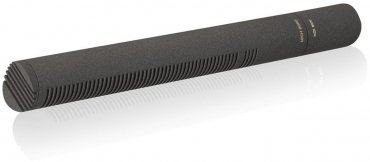
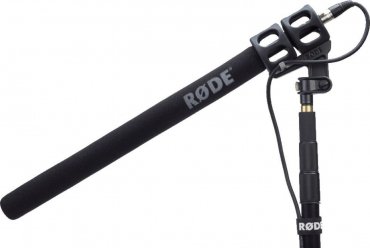

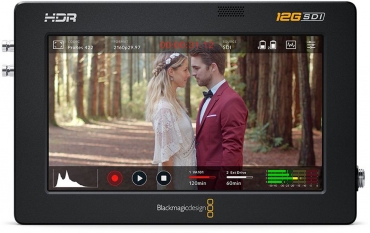




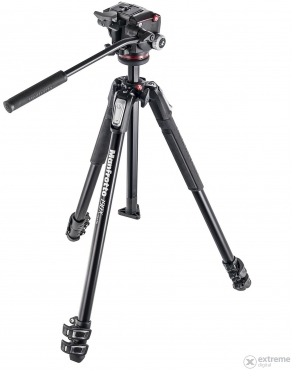
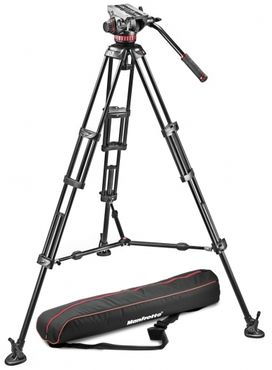



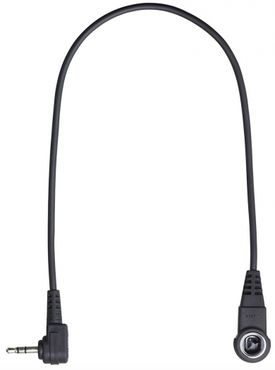
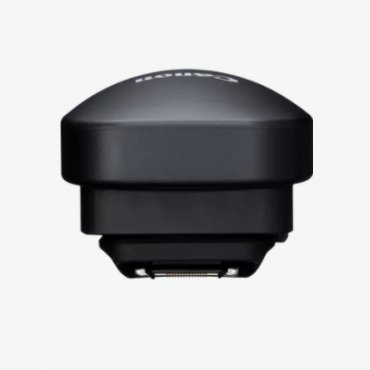

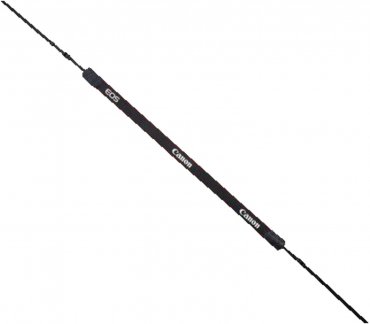
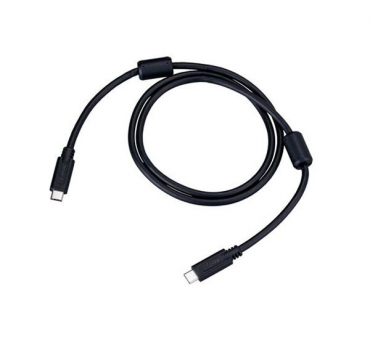
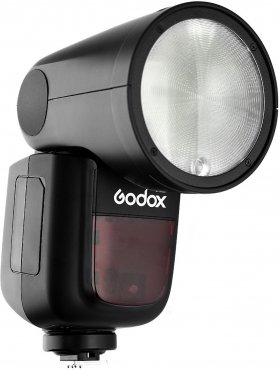

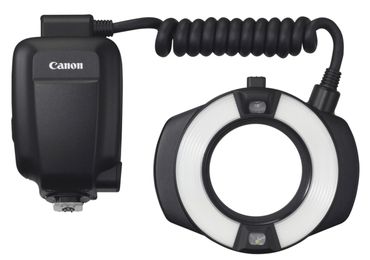


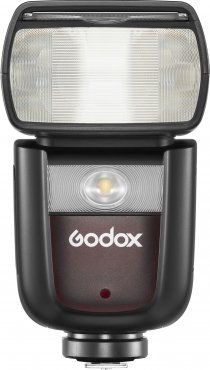

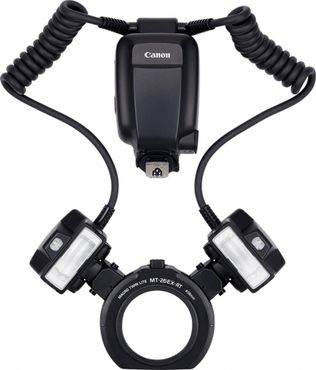


Simply subscribe and benefit as a newsletter recipient every week: